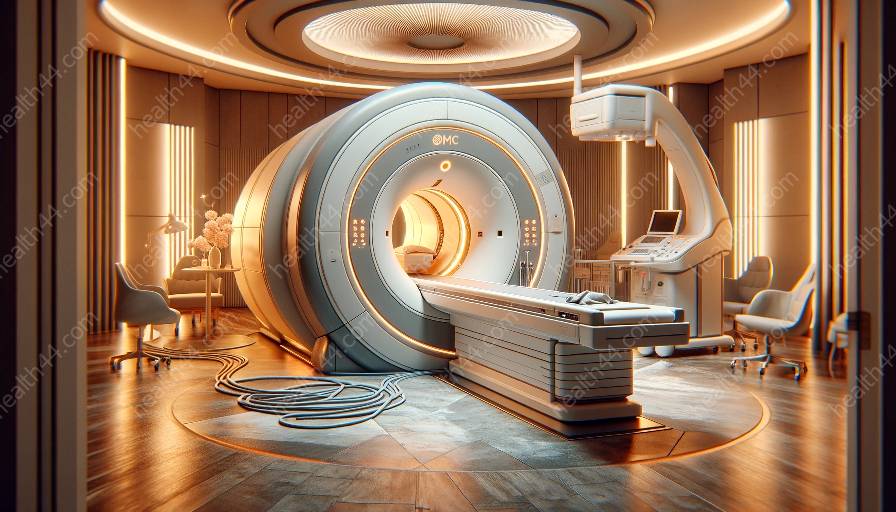The use of contrast agents in MRI machines has revolutionized the field of medical imaging, providing valuable insights into various health conditions. As part of medical devices and equipment, MRI machines rely on contrast agents to enhance image quality and diagnostic accuracy.
Understanding Contrast Agents
Contrast agents, also referred to as contrast media, are substances injected into the body to improve the visibility of internal structures during medical imaging procedures, such as MRI scans. These agents work by altering the magnetic properties of tissues, allowing for clearer differentiation between normal and abnormal tissues.
Contrast agents contain paramagnetic or superparamagnetic properties, enhancing the ability of MRI machines to detect subtle changes in tissue characteristics. By introducing contrast agents, healthcare professionals can obtain detailed images that aid in disease diagnosis and treatment planning.
Types of Contrast Agents
There are two main categories of contrast agents used in MRI:
- Gadolinium-based contrast agents: One of the most common types used in MRI, gadolinium-based agents are highly effective in highlighting abnormalities in soft tissues, blood vessels, and tumors. These agents are particularly useful in detecting neurological conditions, such as brain tumors, and vascular abnormalities.
- Iron-based contrast agents: These agents are characterized by their superparamagnetic properties, making them suitable for imaging techniques that require higher sensitivity and specificity. Iron-based contrast agents are often employed in specialized MRI examinations, such as cardiac imaging and angiography.
Use of Contrast Agents in MRI Machines
Contrast agents play a crucial role in enhancing the diagnostic capabilities of MRI machines. By administering contrast agents, healthcare providers can achieve greater contrast between normal and abnormal tissues, enabling them to identify subtle anomalies that may have been difficult to detect without the use of contrast enhancement.
Moreover, contrast-enhanced MRI scans provide valuable information about the vascularity and perfusion of tissues, aiding in the characterization of tumors and other pathologies. This deeper insight into tissue behavior contributes to more accurate diagnoses and treatment decisions.
Impact on Medical Devices and Equipment
The integration of contrast agents in MRI machines has significantly impacted medical devices and equipment. Advanced contrast agents have led to the development of more sophisticated MRI technologies, improving image quality and diagnostic precision.
Additionally, the utilization of contrast agents has spurred innovations in medical device design, including the development of specialized injection systems for precise administration of contrast agents during MRI procedures. These enhancements in medical equipment have contributed to the overall efficacy and safety of contrast-enhanced MRI exams.
Benefits of Contrast-Enhanced MRI
Contrast-enhanced MRI offers several advantages in medical imaging:
- Improved lesion detection: Contrast agents increase the visibility of abnormalities, aiding in the detection of subtle lesions and improving diagnostic accuracy.
- Enhanced characterization of tumors: By highlighting the vascularity and perfusion of tumors, contrast-enhanced MRI facilitates the characterization and staging of various cancer types.
- Greater accuracy in disease assessment: The use of contrast agents enables radiologists and clinicians to assess tissue pathology with greater precision, leading to more informed treatment decisions.
Conclusion
Contrast agents are integral to the effectiveness of MRI machines in clinical practice. Their ability to enhance image quality and provide valuable diagnostic information has transformed the field of medical imaging, contributing to improved patient care and treatment outcomes. As the use of contrast agents continues to evolve, the synergy between MRI machines and medical devices is poised to further advance the capabilities of modern healthcare.


